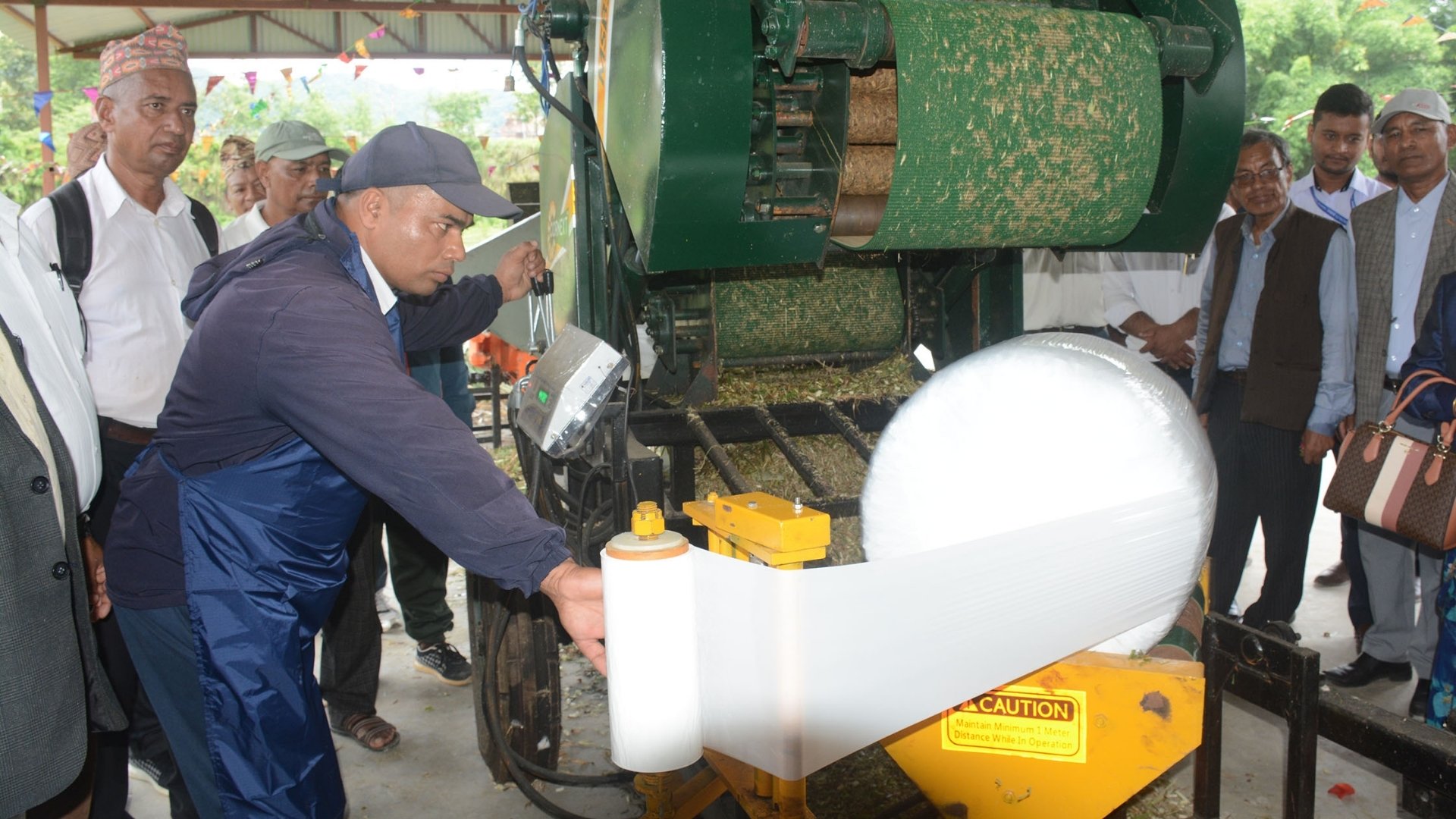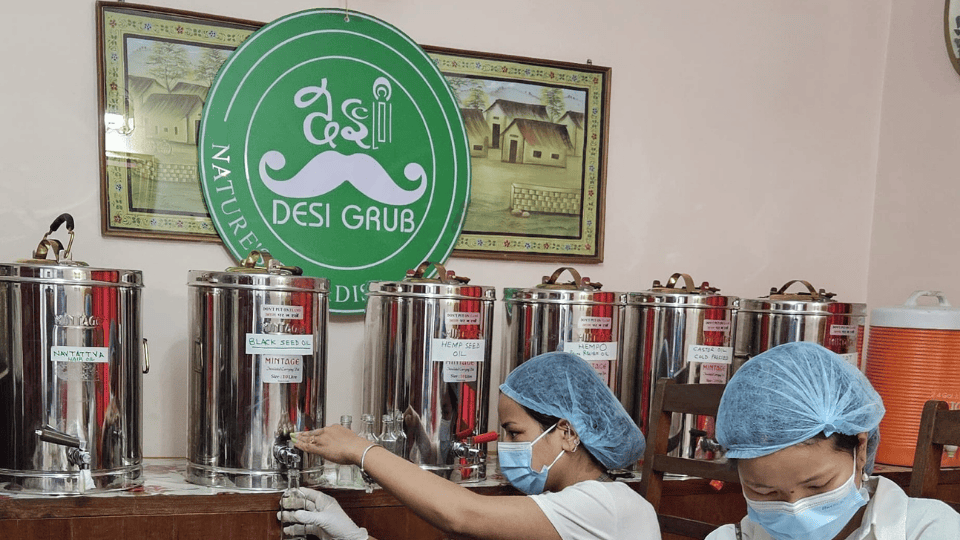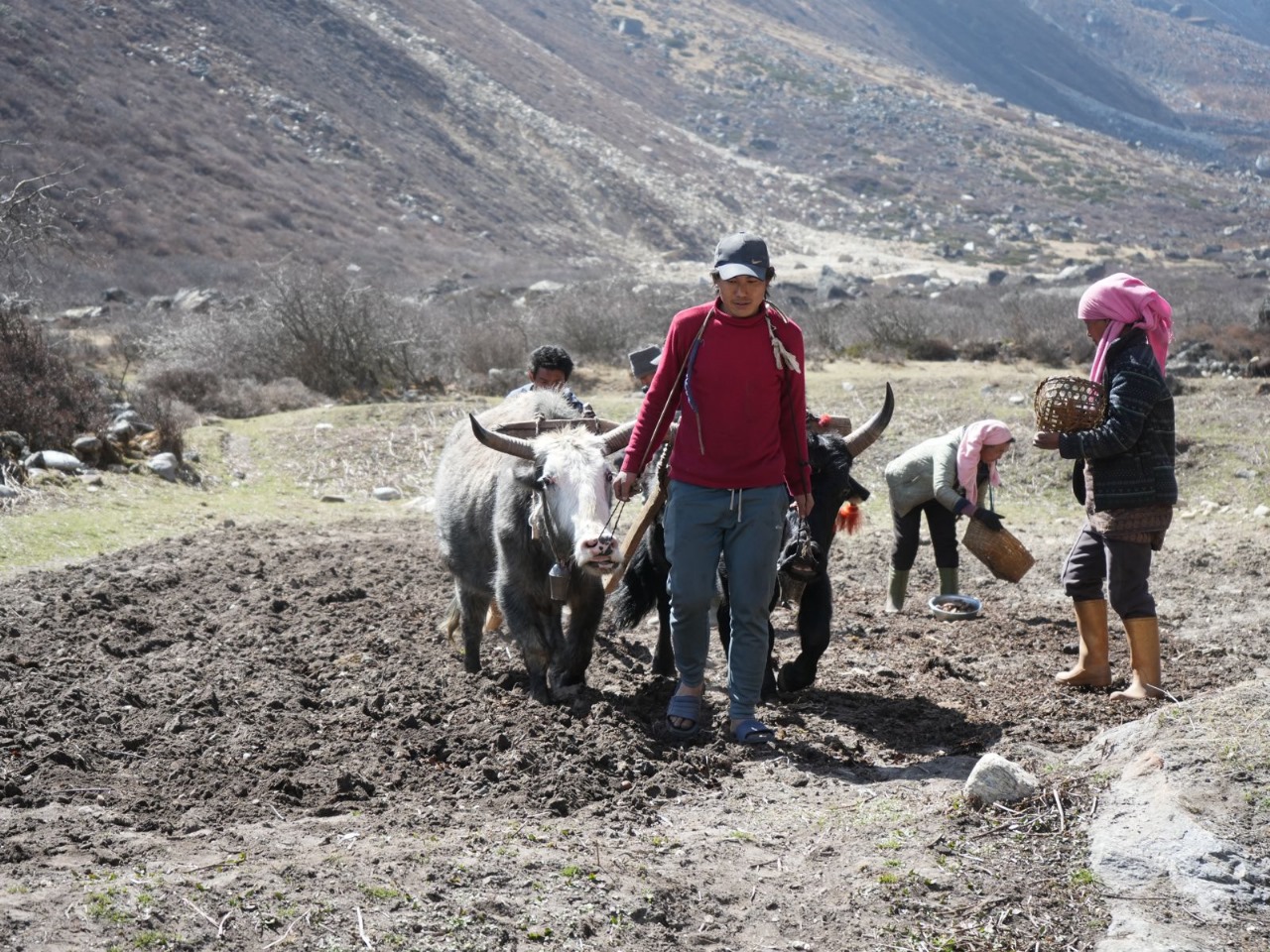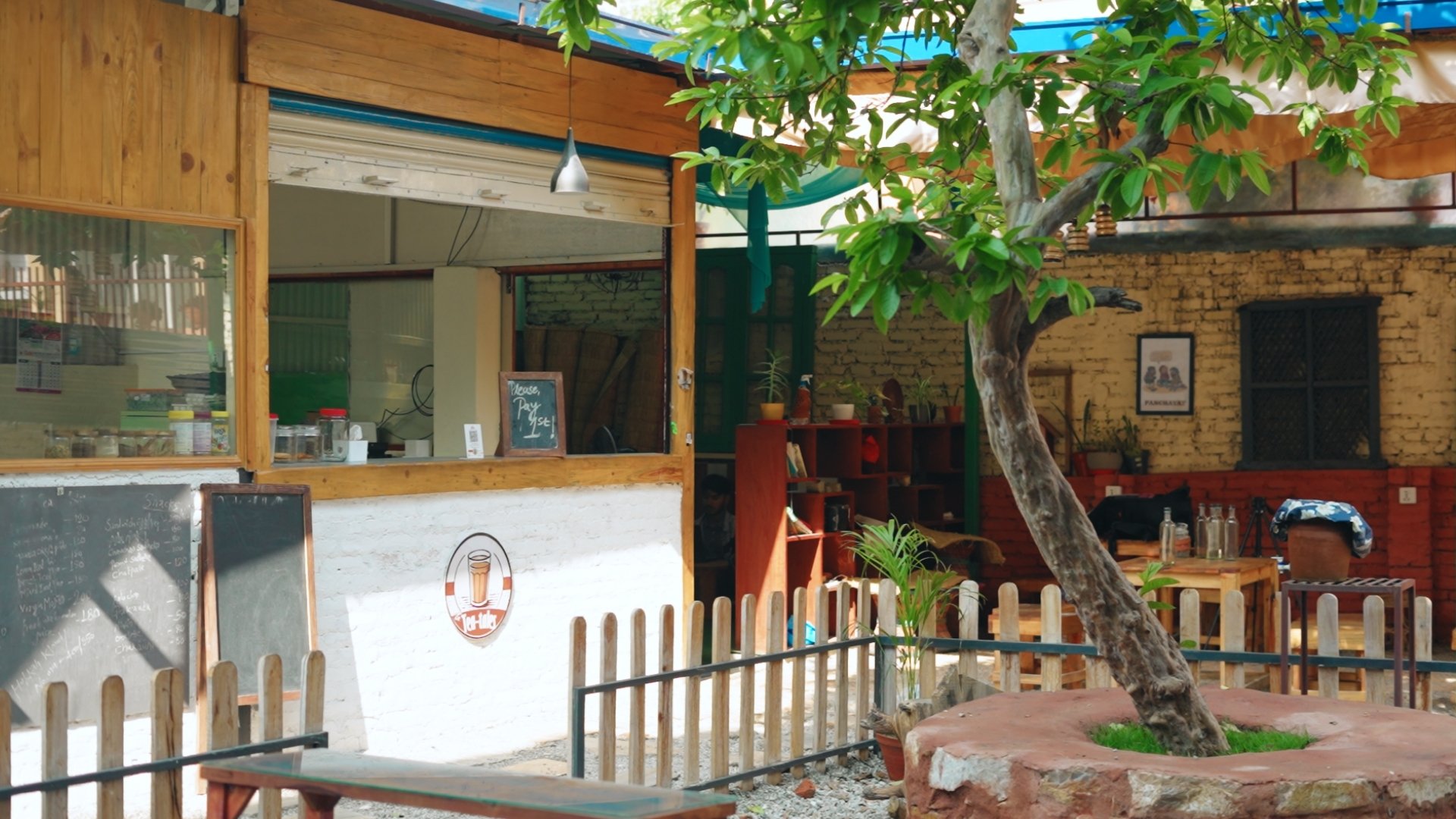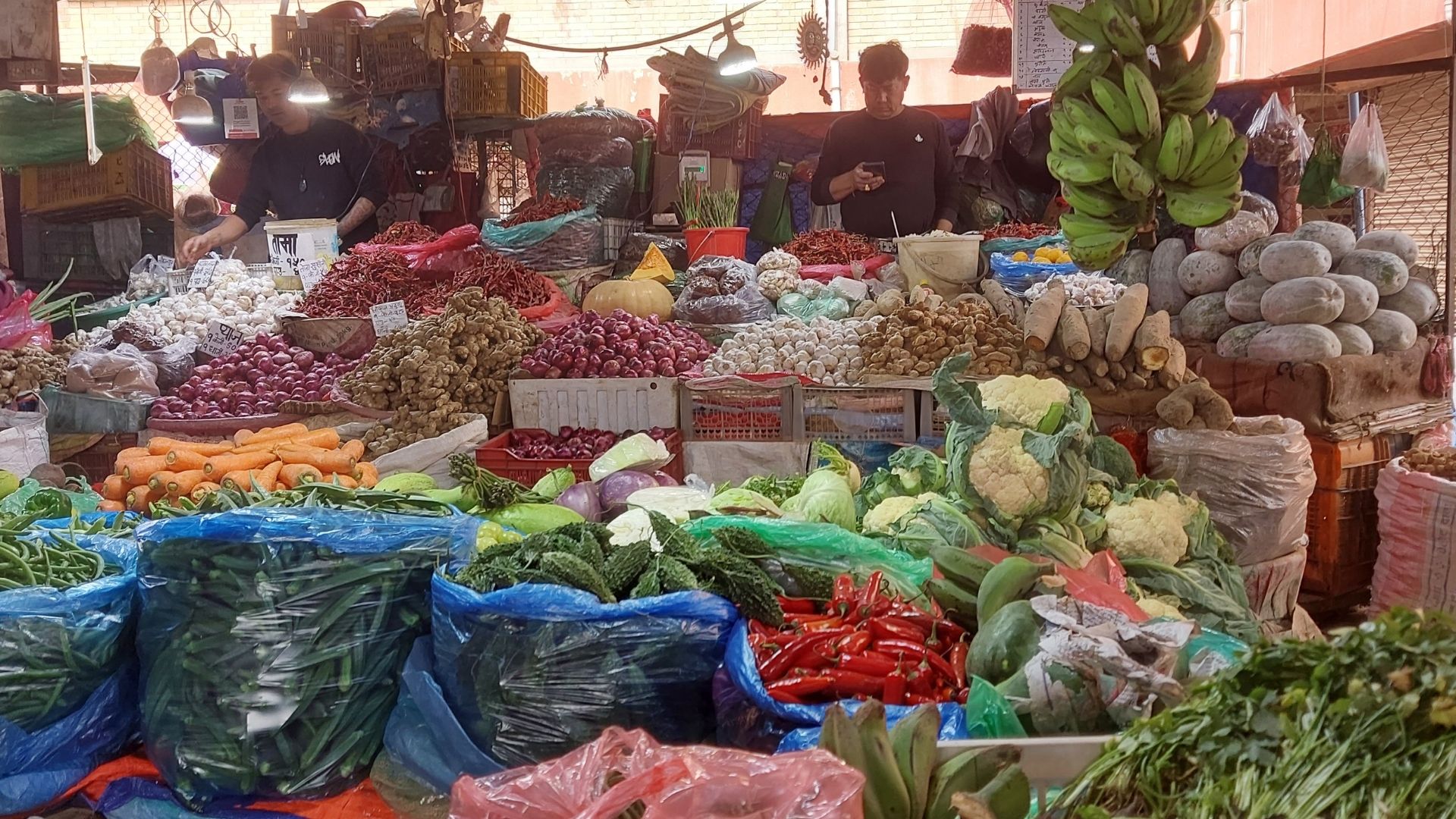Many MSMEs in Nepal rely on imports for raw materials, equipment, and packaging. While importing can offer competitive prices and better quality, local sourcing offers flexibility and speed. The right balance depends on product type, market goals, and supply chain risk appetite.
When Local Sourcing Is Preferable
- Shorter Lead Times: Ideal for time-sensitive production and fast-changing customer demand.
- Lower Transportation and Customs Costs: Especially important for heavy or bulky goods.
- Better Communication and Trust: Easier dispute resolution and collaboration with local vendors.
- Support for Local Economy: Strengthens supply ecosystems and business networks.
When Importing Is Strategic
- Quality Consistency: International suppliers often offer standardized quality and compliance with export requirements.
- Technology or Specialized Inputs: Advanced machinery or chemical inputs may not be available locally.
- Cost Advantage at Scale: Bulk imports can lower unit costs even after shipping and duty.
Hybrid Sourcing Strategy
Many Nepali MSMEs adopt a mixed strategy—importing core components while sourcing secondary inputs or packaging locally. This approach balances cost and agility.
“Smart sourcing isn’t about choosing local or global—it’s about aligning sourcing with business goals, market risks, and long-term flexibility.”
As logistics infrastructure and local manufacturing improve in Nepal, more opportunities for effective local sourcing will emerge. Keep reassessing your options annually.


